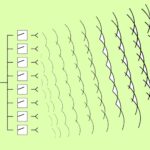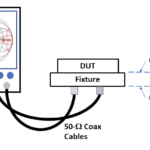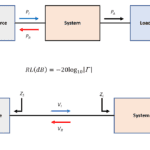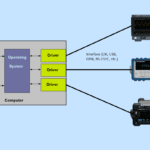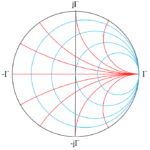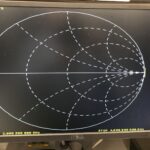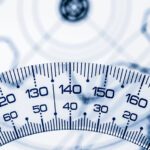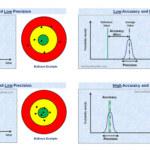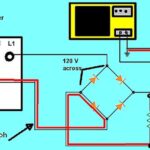Engineers have several mmWave over-the-air test methods available for evaluating phased-array antennas used in antenna-in-package designs. Each has pros and cons.
FAQ
What is de-embedding and how do I perform it (part 1)?
It’s a tenet of the test-and-measurement industry that you should concentrate on looking for defects in your device under test (DUT) — not in your test equipment. Figure 1 illustrates a common problem. An instrument presents an incorrect reading; in this case, an LRC meter or multimeter presents a resistance reading that’s about 5% low. […]
What are insertion loss and return loss and how can I measure them?
These basic RF measurements often uncover system problems in wired and wireless communications. If you observe a signal traveling from a source to a load through a passive system of some sort, you will notice that the signal attenuates by the time it reaches the load, and you will also notice that some of the […]
What is the MIPI I3C interface and where might I use it?
I3C improves on I2C through higher speeds and backward compatibility You’ll often want to interconnect two chips on a circuit board, and a standard interface can help you design efficiently. Engineers working at a division of Philips thought so back in 1982, so they developed the Inter-Integrated-Circuit interface, which they dubbed I2C. Of course, things […]
What is an instrument driver and why do I need one?
Instrument drivers take some of the sting out of controlling test instruments by adding an abstraction layer. Almost everyone who uses computers has had experiences with drivers, and probably not good ones. In the olden days, if you had wanted to hook an old printer up to a new computer, you would have searched through […]
What is a Smith chart and why do I need one? (Part 2)
Take a journey around a Smith chart to find capacitance and inductance values in a matching network. Before computers became ubiquitous, the Smith chart simplified calculations involving the complex impedances found in RF/microwave circuits such as the one shown in Figure 1. That circuit includes a source with impedance Zs, transmission line with characteristic impedance […]
What is a Smith chart and why do I need one? (Part 1)
A Smith chart provides insight into RF/microwave designs. Even if you work primarily with low-speed analog and mixed-signal designs, you could benefit from familiarity with the Smith chart as wireless products proliferate and as high-speed-serial data signals exhibit microwave-like effects. When a signal’s wavelength (λ) approaches the lengths of the conductors carrying it, you can […]
Untangling accuracy, precision, and resolution, Part 2: Implications
Accuracy, precision, and resolution are key parameters, each with a distinct meaning and implication with respect to system design and confidence. Design, test, and measurement implications Low or moderate accuracy may seem a detriment, but that isn’t necessarily the case. If precision is good enough and there is a way to calibrate the readings, the […]
Untangling accuracy, precision, and resolution, Part 1: Basics
Accuracy, precision, and resolution are key parameters, each with a distinct meaning and implication with respect to system design and confidence. To the average person, terms such as accuracy and precision are somewhat interchangeable, and that’s fine. However, they have very specific and different meanings as well as design and test implications for scientists, engineers, […]
The perils of oscilloscope ground and power ground
Most electrical engineers probably are aware that connecting the ground connection for ordinary oscilloscope probes to the wrong part of an ac power line will invite a lot of trouble. Unfortunately the remedies sometimes employed to head off difficulties can cause their own woes. In a lab where I was once employed, the instrument carts […]
